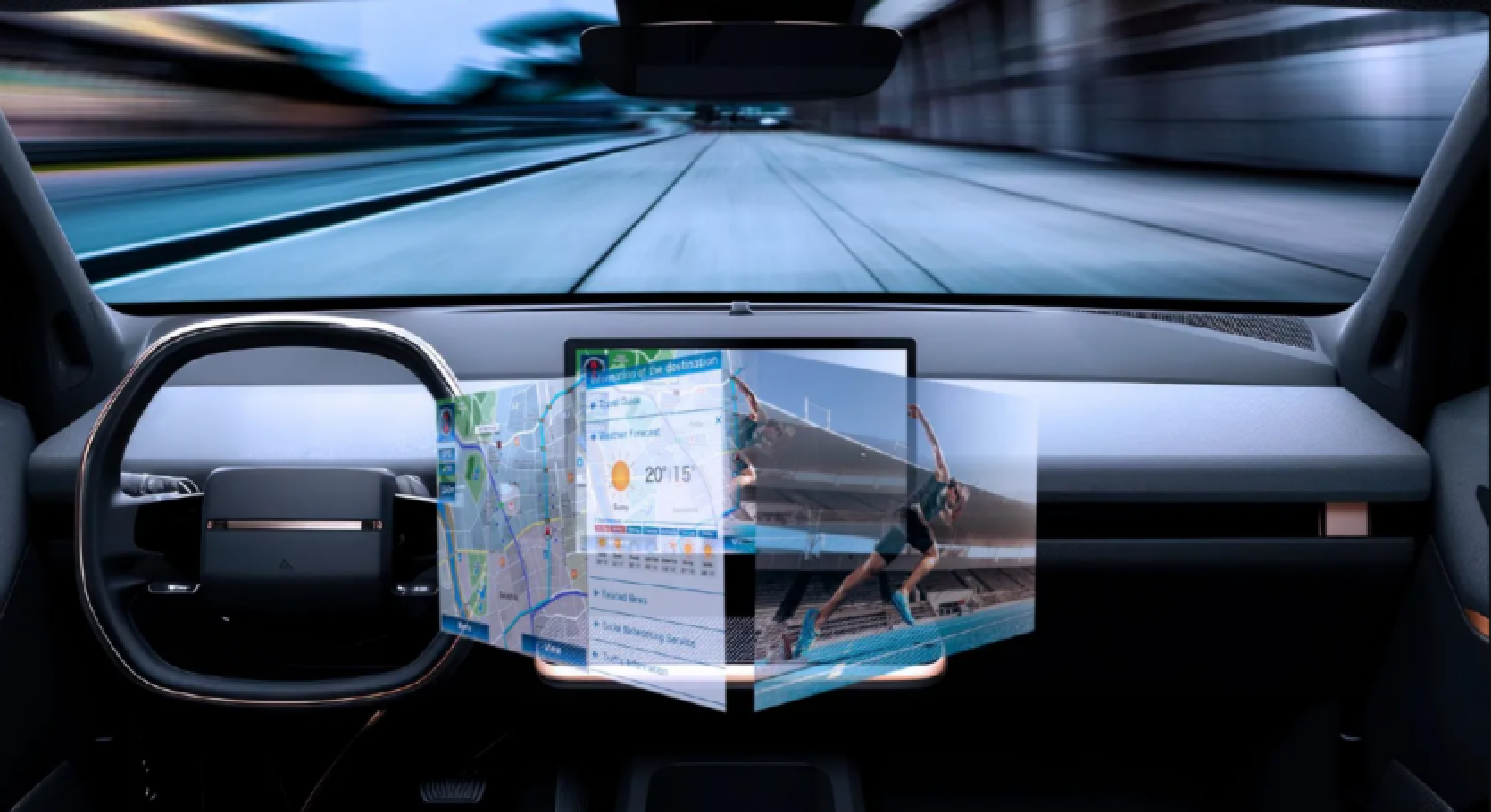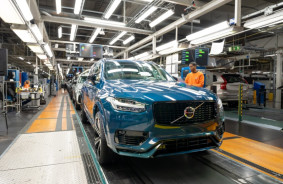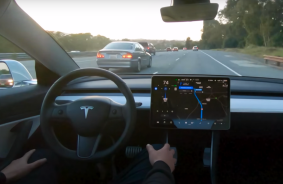The driver and passenger see different images based on their line of sight and can interact simultaneously with the touchscreen.
The Japanese company Japan Display Inc. (JDI) has introduced the Dual Touch 2VD — an automotive display with unique capabilities. This technology enables the driver and passenger to view distinct images on a single screen depending on their viewing angle. Furthermore, both users can engage with the display at the same time, adjusting settings that are only visible from their respective positions.
Positioning the Dual Touch 2VD between the driver and passenger enhances safety during collisions. This design decreases the risk of head injuries against the dashboard and allows for optimal placement of airbags. Using a single display instead of multiple units also reduces costs and minimizes the number of potential failure points.
To recognize touches from different users, JDI has developed a specialized chip. The display utilizes IPS-NEO technology based on LTPS, providing deep blacks, vibrant colors, and wide viewing angles.
Specifications of the Dual Touch 2VD include a resolution of 241 ppi (171 ppi for each user), a brightness of 700 nits, a contrast ratio of 1000:1, and 85% coverage of the NTSC color space.
JDI is exploring the potential applications of 2VD technology in other fields, such as in airports, where a single screen can display different information for passengers at two adjacent boarding gates. The technology could also be utilized in traffic safety systems, showing various signs to drivers depending on their lane.
The company is already in discussions with several global automakers about implementing the JDI Dual Touch 2VD technology in the interiors of next-generation vehicles. Initial deliveries could commence as early as 2025.
However, to effectively use the 2VD, automakers will need to upgrade the hardware of their vehicles. The new display will require greater computational power, as it effectively functions like two separate tablets. Without installing more powerful processors, manufacturers risk facing dissatisfaction from drivers and passengers due to potential system delays.
Source: Tomshardware, J-display














Comments (0)
There are no comments for now